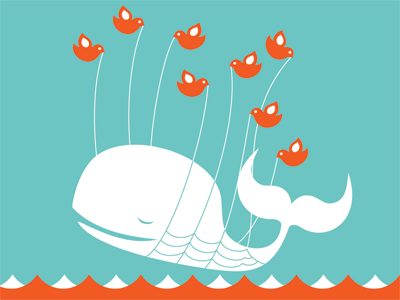
You may have noticed some downtime on Twitter and Facebook Thursday evening (or Thursday morning, for those in the West). I assumed it was because too many users were logged on to both services at that particular time but according to Symantec, what happened last night was a “Distributed Denial of Service” (DDOS) attack. A DDOS attack is when unknown web users purposely flood a site with “hits”, overloading the server and making the site unavailable to legitimate users for several hours. This is why you couldn’t even see the Twitter fail whale when the site was down last night.
DDOS attacks are not new; in fact, they’ve been happening for about ten years to websites small and large. Back in the DOS days, a single hacker or a team of hackers could ping a domain over and over and over again manually. Today, hackers can now use networks of infected computers and use hundreds or thousands of these devices to slam the target website with domain requests, which overloads servers and routers and shits the site down. It is not yet known if malware was involved in last night’s DDOS attack, but Symantec is still monitoring the situation.
Although Twitter and Facebook are now up and running, the DDOS attack made ordinary PC users more aware of a serious threat. DDOS attacks come from regular computers infected with bots, effectively turning the PC into a zombie computer obeying their cyercrimminal master’s bidding. Keep your PC protected from the zombie computer threat and follow these tried and tested tips from Symantec’s Norton team: